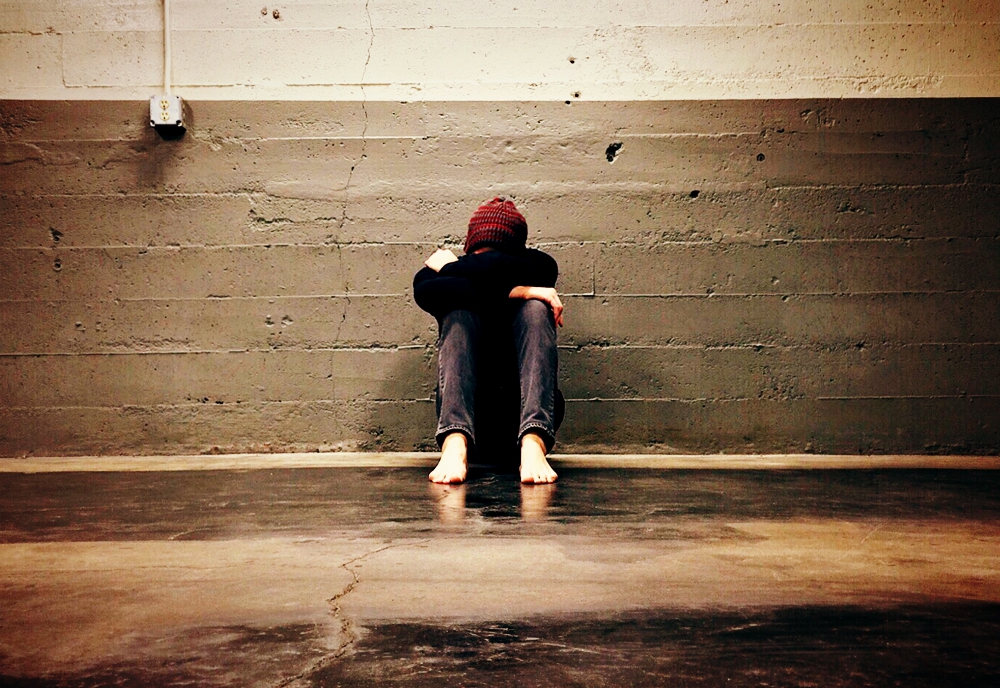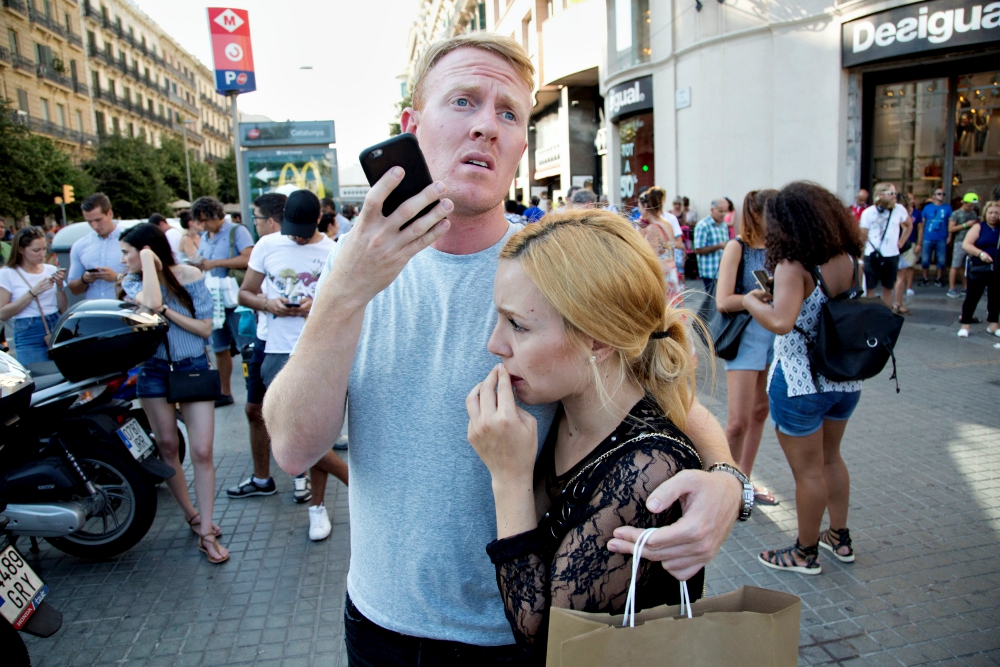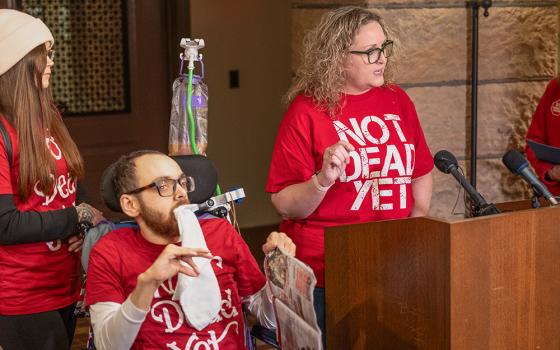
(Pixabay/Wokandapix)
The world is caught in a pandemic of bullying at every level of society. There is in-person bullying, cyber-bullying, group bullying. It happens between relatives, "friends," co-workers and schoolmates. It is the presenting symptom of insecurities and hate. It spawns desolation, destruction and death.
To be clear, the American Psychological Association defines bullying as "a form of aggressive behavior in which someone intentionally and repeatedly causes another person injury or discomfort."
The association goes on: "Bullying can take the form of physical contact, words or more subtle actions."
That means sticks and stones can break your bones and words can most certainly hurt you.
We've seen a lot of bullying recently. No matter its scope or level of intensity, it is all vicious. We see it in public and we hear about it in private.
In the geopolitical arena, internal and external bullying forces disrupt lives and livelihoods. In the United States, torch-bearing neo-Nazis and their pals marched on the campus of the University of Virginia in Charlottesville, screaming epithets against Jewish and black people. Counterprotesters, in efforts not to be bullied, screamed and fought back. In Spain, ISIS cruelly sent young men out to run down and kill as many innocent people as possible. They murdered 13 people and injured hundreds more. During the past two years, Belgium, England, Finland, France, Germany and Sweden suffered terrorist attacks, the most egregious type of bullying that characteristically attacked the most innocent and defenseless persons.

People use their cellphones after a van crashed into pedestrians near the Las Ramblas district of Barcelona, Spain, Aug. 17. (CNS/Reuters/Stringer)
In the more private, personal arena, lives are lost to bullying. Victims' reactions range from cutting to nervous breakdowns to suicide. In the United States, 12-year-old Katelyn Nicole Davis in 2016 livestreamed her suicide from near her Georgia home. Her stepfather told her she was worthless and she should go hang herself. In 2012, Kenneth Weishuhn Jr. hanged himself in his family's Iowa garage. His classmates bullied him at school and online. He was gay. The problem is not new. In 1877, 12-year-old William Gibbs hanged himself after being bullied and beaten. Newer methodologies include intentional drowning, firearms, and legal and illegal drugs.
Here is how bullying works:
- A bully or group of bullies chooses a victim, usually an innocent outlier whose physical appearance, family background, financial status, sexual orientation, or general innocence betrays the bullies' worldview.
- The bully or group of bullies berates the individual in person, and now, often, online. The taunts range from spreading false information to insisting that no one cares about the victim.
- The bully or bullies include various tactics to assert power and instill fear, often to the point of creating emotional paralysis in the victim.
That emotional paralysis can lead to suicide. The most recent statistics published by the Centers for Disease Control and Prevention tally over 41,000 suicides in the United States in 2013 — one every 13 minutes — and nearly a quarter of high school girls and 10 percent of high school boys have considered it. Only God and the psychiatrists can reckon all the reasons, but no doubt bullying of one sort or another has something to do with it.
Advertisement
One clear problem is lack of human respect. Even the most pious — and often the most pious — can create an individual or group psychosis that ends in tragedy. Think, for example, of the Salem Witch Trials in 17th-century Massachusetts. There, rumor and innuendo caused several young women to be accused of witchcraft. They were eventually executed.
While today's developed world will not ascribe motives to witchcraft, there are too many other reasons that evil-infected individuals can (and do) cause tremendous pain in both closed and open societies. Whether over words or weapons, the fight against terrorism begins at home.
[Phyllis Zagano is senior research associate-in-residence at Hofstra University in Hempstead, New York. Her books include Women Deacons: Past, Present, Future and Women Deacons? Essays with Answers.]
Editor's note: We can send you an email alert every time Phyllis Zagano's column, Just Catholic, is posted. Go to this page and follow directions: Email alert sign-up.








